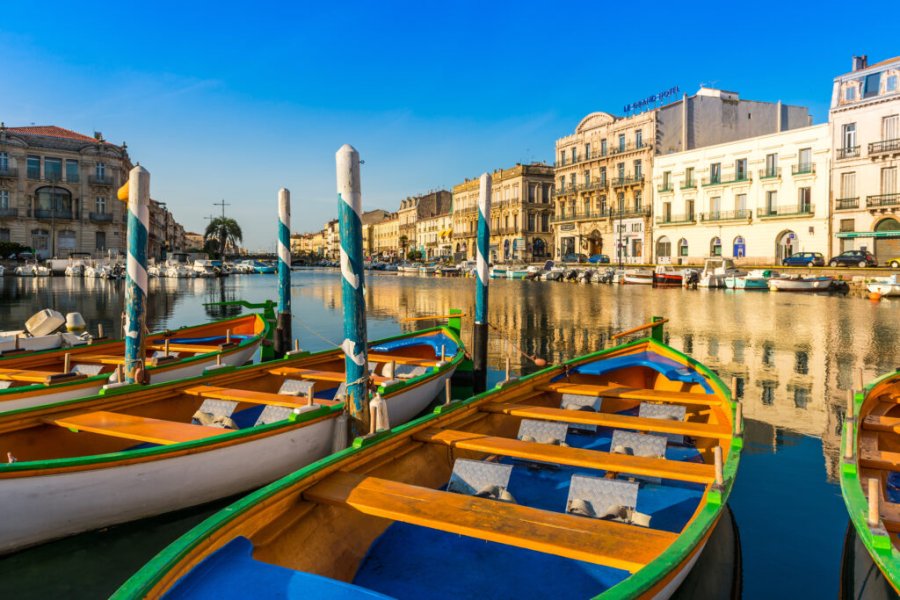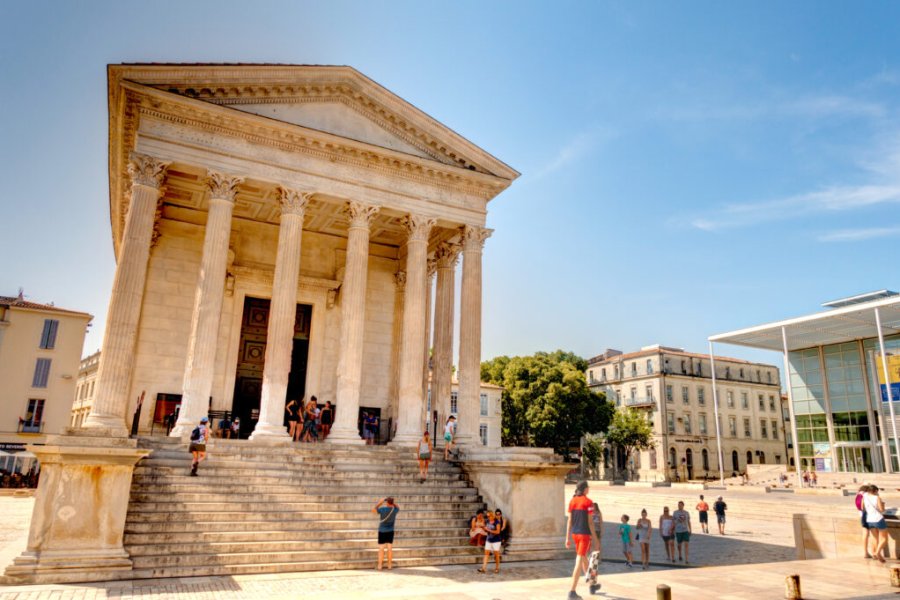Travel Guide Gatlinburg
Find an accommodation
Advertising
At the gateway to the Great Smoky Mountains National Park, Gatlinburg, like its surroundings (Pigeon Forge and Sevierville), offers a striking contrast between the natural and wild environment of the mountains at the foot of which it is located and the effervescence of its streets where restaurants, souvenir shops and attractions of all kinds line up, giving the city a sense of leisure park. The site where the city was established was discovered in 1802. First known as White Oak Flats, Gatlinburg, received its definitive name in 1856 from Radford Gatlin (1798-1880), a rather controversial local figure. Very sparsely populated despite intensive logging in the Smoky Mountains, Gatlinburg's population increased tenfold when the national park was opened in 1934. Thus, the following year, the city of only 600 inhabitants saw nearly 40,000 people march past, then nearly 500,000 between 1940 and 1950. It should be recalled that the park now attracts nearly 11 million visitors per year, many of whom pass through or reach Gatlinburg during their visit. From the 1930s to the present day, it was therefore tourism that developed and continues to develop the city. Passing through the busy and crowded streets enjoying the many attractions of the city centre, Gatlinburg is an ideal base for hiking, rafting, horseback riding, fishing and wildlife viewing in the Smoky Mountains
What to visit Gatlinburg?
Advertising
Weather at the moment
Advertising
Organize your trip with our partners Gatlinburg
Transportation
Book your plane tickets
Car Rental
Boat rental
Accommodation & stays
Find a hotel
Holiday rental
Find your campsite
Tailor-made trip
Immersion travel
Services / On site
Activities & visits
Find a doctor














